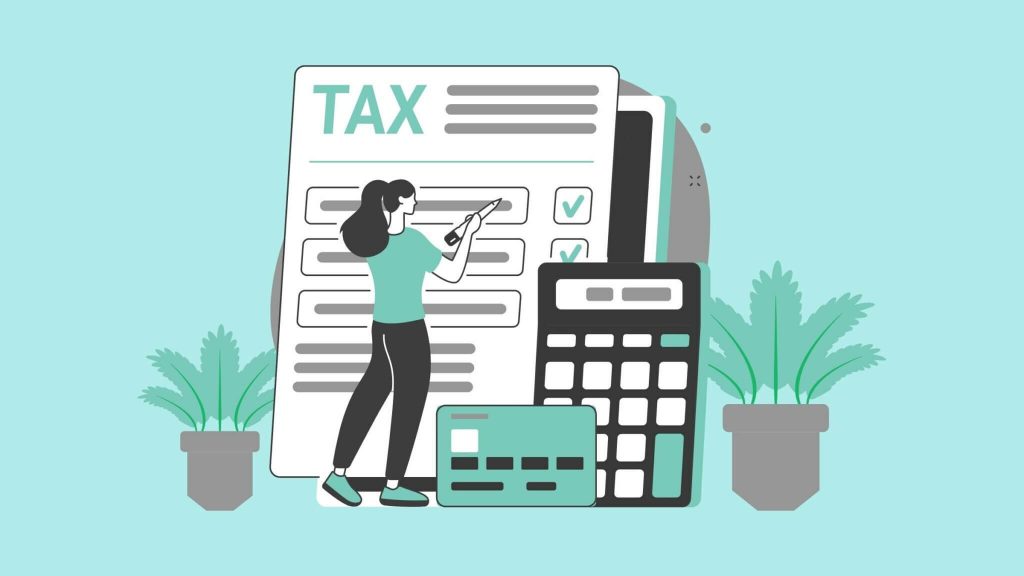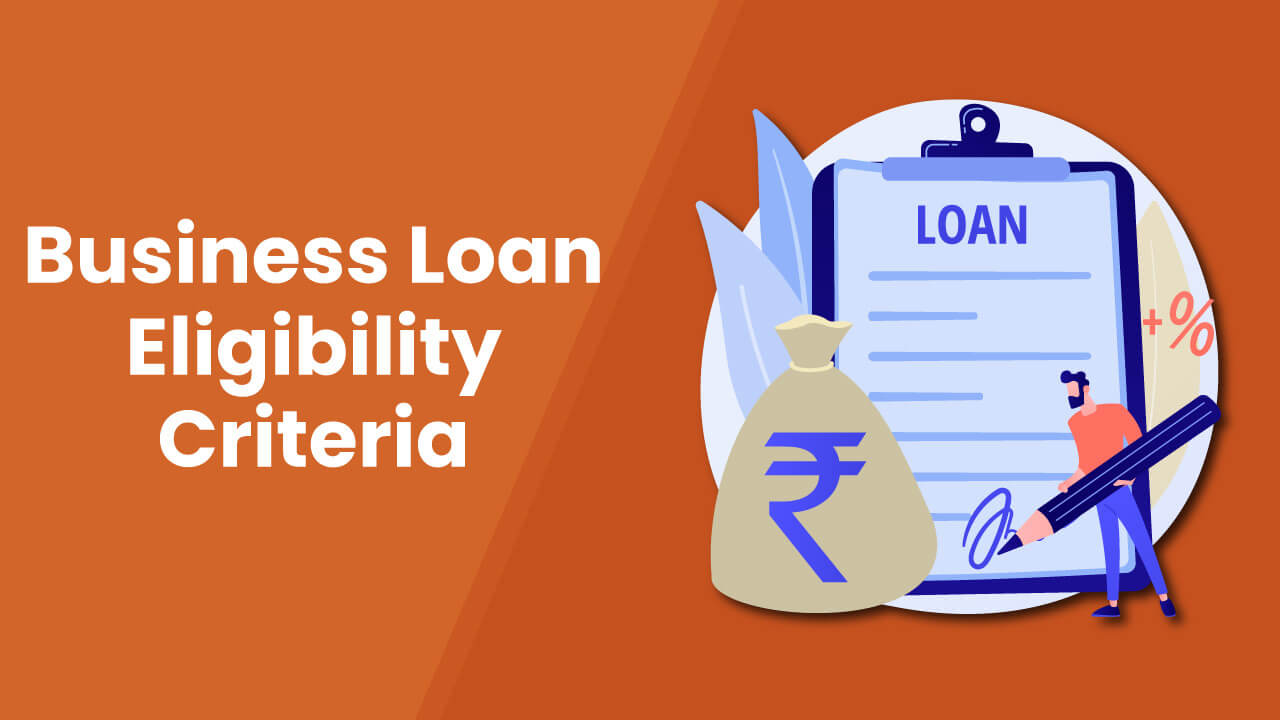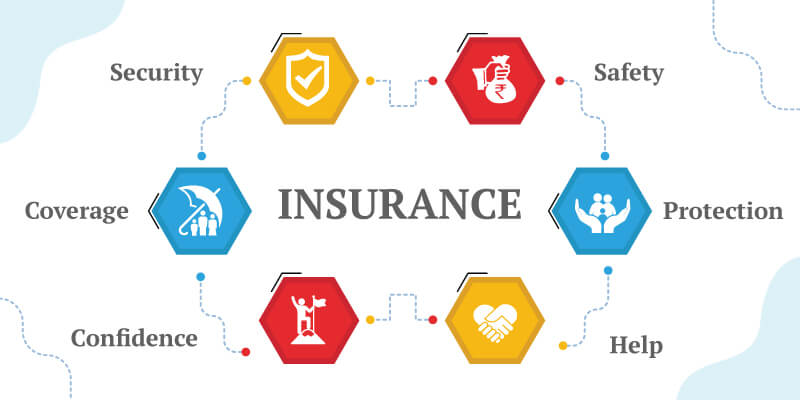Content Attributes
Investing in multifamily real estate can be a great way to earn passive income and build long-term wealth. However, it is important to understand the tax implications of this type of investment. One potential tax liability for multifamily investors is K-1 income.
It is any income that is generated from a partnership or LLC. This includes rental income and any profits from the sale of a property. When you receive a K-1 payment, you must report it on your tax return.
The good news is that the K1 income tax rate is generally lower than the rate for ordinary income. However, certain things that you need to be aware of are;
What is a K-1?
A K-1 is an IRS form (1065) used to report a partnership or LLC’s income, deductions, gains, and losses. This form is used for tax purposes only; it is not an accurate financial statement. The partnership or LLC files it with the IRS, and each partner or member receives a copy. The information on the form is used to prepare the partner’s or member’s tax return.

For tax purposes, a partnership is any business entity owned by two or more people. This includes limited partnerships (LPs), limited liability partnerships (LLPs), and general partnerships. An LLC can be either a partnership or a corporation, depending on how it is taxed.
What are the tax rates for K-1 income?
The K-1 income tax rate depends on the type of income and the tax bracket you are in. For instance, long-term capital gains and qualified dividends are taxed lower than ordinary income. The current tax rates for long-term capital gains and qualified dividends are 0%, 15%, or 20%, depending on your tax bracket.
Multifamily real estate investors may also be subject to the self-employment tax, which is currently 15.30%. This tariff is applied to your self-employment earnings, including income from rental properties.
How can you minimize your tax liability?
There are some essential things that you can do to minimize your tax liability.
First, you can invest in a property through a Roth IRA. This will permit you to avoid paying taxes on any capital gains or distributions you receive. Also, you can take advantage of tax-deferred exchanges. This will enable you to defer paying tariffs on the revenue from the sale of a property by reinvesting the proceeds into the next property.
Another way to reduce it is to take advantage of available deductions and credits to real estate investors. For instance, you can cut the interest you pay on your mortgage and any property tariffs you pay. You may also be eligible for credits, such as the low-income housing excise credit.
Finally, you can consult with a real estate syndication or tax advisor to help structure your investment to minimize your tariff liability. A syndication’s GP (General Partners) can help you do this. By browsing, you will find an example of how a GP helped an investor to avoid paying taxes on their investment income.
Investing in multifamily real estate can have potential tax implications that you need to be aware of. There are various methods to reduce your tax burden, but you must be proactive about it.



